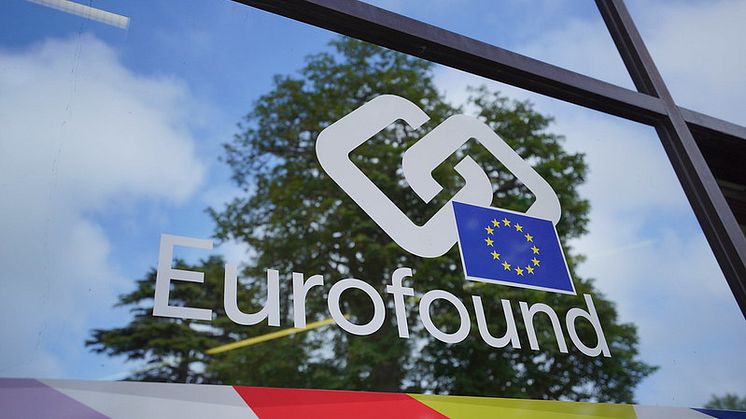
News -
New data: 2023 minimum wage hikes struggle to improve purchasing power
Despite nominal increases in statutory minimum wages reaching an all-time high between January 2022 and January 2023, minimum wage workers in most EU countries are seeing their purchasing power decline or just about compensated, based on preliminary inflation figures. With inflation expected to persist, a further depreciation of minimum wages in real terms can be expected in most Member States, as only a few foresee additional increases during the rest of 2023.
Eurofound has published the first comparable data for statutory minimum wages in the EU in 2023, noting that minimum wage setting took place in the shadow of high levels of inflation, which hit EU Member States harshly in 2022. To protect the earnings of the lowest paid employees, most governments have boosted minimum wages to a much larger extent than in the years before.
Nominal rates have increased across the EU, ranging from more than 20% in Germany and Latvia to over 5% in France, Luxembourg, and Malta. The only countries where nominal rates have not increased in January 2023 are Spain, where negotiations are still ongoing, and Cyprus, where a statutory minimum wage has just been introduced.
When calculated across 12 monthly payments, the highest euro-converted gross statutory minimum wages in the EU in 2023 are in Luxembourg (€2,387), Germany (€1,981), and Belgium (€1,955). The lowest are in Romania (€606), Hungary (€579), and Bulgaria (€399).
Increases are much higher than last year, and incomparably higher than previous years. Across the Member States (excluding Spain), the average nominal increase in 2023 is 12% compared with around 6% last year (between January 2021 and January 2022). The median increase in 2023 is 11% so far, more than double the 5% of the previous year.
Minimum wages have generally risen more among central and eastern Member States, marking a continuation of upward EU convergence over many years. Latvia hiked its minimum wage by almost 25% in 2023 (after having frozen it since January 2021). In addition, out of the 13 countries with the biggest increases, ten are Member States that joined the EU after 2004.
Among the pre-2004 Member States, minimum wages have generally risen more modestly, with increases of 5–8%. The exceptions are Belgium, Germany, and the Netherlands. Germany (+22%) and the Netherlands (+12%) have set higher increases largely due to a deliberate policy intervention aimed at improving minimum wage levels. In Belgium, the 16% increase arises mainly from the implementation of several automatic indexation mechanisms from January 2022.
In addition to minimum wage increases, which were informed by national measures of inflation, most governments introduced other measures to support citizens, particularly the low paid, to cope with the increased cost of living.
Speaking on the publication of the initial data, Eurofound Executive Director Ivailo Kalfin emphasised that the pressures of inflation are being felt by low wage earners, ‘Our initial analysis, based on the harmonised inflation data available now, indicates that minimum wage earners in just a few countries will feel tangible increases in purchasing power as a result of the hikes in nominal minimum wages. While recognising that increases in minimum wages on this level are unprecedented in several Member States, work must continue to support low wage earners in this time of rising inflation, through all mechanisms available.’
Eurofound will publish a first analysis of the changes to minimum wages next week in a dedicated article from Christine Aumayr-Pintar and Carlos Vacas-Soriano.
More information:
Data visualisation: Minimum wages in the EU in 2023





